Abid Omar, founder, of the Pakistan Air Quality Initiative and artist Dryden Goodwin discuss the Breathe Artwork Series which was recently launched in Lahore.
Air pollution is one of the most pressing issues of our time, with devastating impacts on both human health and the environment. There are few places in the world that experience these impacts as acutely as Pakistan. The country has the fifth highest levels of outdoor air pollution in the world, with 98% of the population living in areas where pollution levels exceed national air quality standards.

In Pakistan, outdoor air pollution has grown to become the second greatest threat to public health, reducing the average Pakistani’s life expectancy by nearly four years. Yet despite these statistics, awareness and engagement with the issue remain alarmingly low. This is by no means unique to the Pakistani context. Action and engagement on reducing air pollution is low worldwide. Recognising this challenge, artists, activists and scientists are combining forces, taking a new approach to increase awareness and inspire political action.
Art has a unique ability to capture our attention, evoke emotion, and inspire action in ways that facts and figures alone cannot. A prime example of this is the Breathe artwork series by artist Dryden Goodwin, produced by UK art-science organisation Invisible Dust, expressing the urgency of the air pollution crisis through powerful and evocative animated drawings shown in public space.
Breathe:Lahore marks the latest iteration of an artwork which began in 2012 and was revisited 10 years later as Breathe:2022 for the Mayor of London’s Borough of Culture in Lewisham. Following this was the special memorial event Breathe for Ella, unveiled in 2023 on London’s Southbank, again supported by the Mayor of London Sadiq Khan, created to bring further awareness to the capital city’s growing air pollution problem and the proposed ‘Ella’s Law’ which would enshrine the right to breathe clean air in UK law.
Breathe is an evolving public artwork that addresses the global air pollution crisis, growing with each new city and context. Created following dialogue with leading air pollution scientists and campaigners, Breathe features 1,600 pencil drawings of clean air activists ‘fighting for breath’.
By drawing these clean air activists, Dryden Goodwin’s Breathe puts faces and bodies to the statistics and highlights the human impact of air pollution. Now, in its international city debut, Breathe:Lahore aims to raise awareness of the public health crisis caused by declining air quality in what is now the world’s most polluted mega-city. In creating this work, Goodwin highlights the vital role compassion and shared understanding plays in bringing people to stand together and call for change:
Goodwin says: ‘I experience drawing as an act of empathy, thinking yourself into another person’s life, their experience and story as you draw them. As it’s clear we don’t all breathe the same air, the role of empathy will play a vital role if we are going to achieve the change needed locally and globally. Through making hundreds of drawings of these individuals – animation seems to become a metaphor for essential collective action. Shifting from making the drawing in my studio, to scaling them up in public space, I want them to create a heightened awareness of the act of breathing, to be carriers of this urgent information, that air can both sustain and corrupt our bodies.’
Until now Breathe has been installed across the UK capital and beyond as sequences of posters, animations and projections next to polluted roads – viewed by over 13 million people to date. Breathe has told London’s air pollution story, generating wide media coverage around health impacts, city infrastructure and the vital role policy can play in driving change – but each city has its own story.
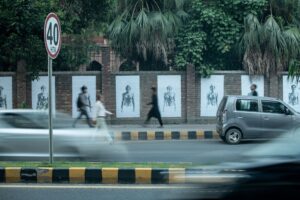
This October Breathe:Lahore, supported by funds from UCL, is unveiled at the third Lahore Biennale ‘Of Mountains and Seas‘, curated by John Tain – a programme which asks artists to link their own contexts with Pakistan’s calamitous floods, environmental issues and social inequality. The Breathe:Lahore installation, now grown by Goodwin to include drawings of Pakistani clean air campaigner Abid Omar, appears across hundreds of digital billboards and as printed posters and projections on buildings and underpasses across the city. Omar is founder of the Pakistan Air Quality Initiative, a pioneering organisation seeking to raise public awareness and urge government action by providing communities open access to air quality data across Pakistan.
Omar says of his own air pollution journey: ‘I was curious to know more about the air around me. This curiosity led to the formation of the Pakistan Air Quality Initiative (PAQI), a community effort to monitor air pollution, and spread awareness through advocacy and data. What started as a handful of monitoring stations in a few cities, has become a nationwide movement where air quality is part of the daily discourse.’
Goodwin’s drawings of Omar join those he made of six London-based activists, including high-profile clean air champion and WHO clean air advocate Rosamund Adoo-Kissi-Debrah CBE, who began her activism after the death of her 9-year-old daughter Ella in 2013 – the first person in the world to have air pollution cited as a cause of death.
The artwork’s arrival in Lahore comes at a critical time for air pollution in Pakistan and the wider region. ‘Our data has shown that cities in Pakistan are amongst the most polluted in the world, sharing that unfortunate distinction with many other cities in South Asia,’ says Omar.
But this project is not just about highlighting the problem – it is also about celebrating the potential of collective action and inspiring change. As the project tours to each new city, the aim is to connect a diverse and growing network of clean air innovators, establishing a worldwide collective of individuals who each seek to bring about local transformation.
Omar says: ‘We must strive for clearer skies across Pakistan and the Global South. Air pollution is a critical issue that affects us all, with severe health consequences that drastically shorten lives. It’s not just about the skies turning blue—it’s about the health of our communities.’
This is where art can play a key role in tackling the air pollution crisis. By partnering with activists, scientists, and policymakers, artists have a unique ability to help raise awareness, mobilise communities, and drive action. But perhaps even more importantly, art has the power to foster collaboration and share learnings on best practice between countries in the Global North and South.
Omar adds: ‘Our discourse must be driven by science, and what better way to engage with science than through art? Art can draw in viewers to think and engage on pressing societal issues in ways that the usual scientific practitioners could not imagine.’
By bringing this project to Pakistan, Breathe intends to set up a global chain of clean air action across the two cities of London and Lahore, connecting two disparate cities with a shared challenge. This kind of international collaboration is crucial for tackling problems that know no borders. By sharing learnings, mobilising communities, and inspiring action, we can work towards a future with cleaner air for all.
Breathe:Lahore is supported by air quality campaigners across Pakistan and was accompanied by a knowledge exchange symposium in Lahore in October. Convening leading figures on air quality and environmental action working within arts, health, policy, law and campaigning sectors from across Pakistan and the UK, experts from both countries are sharing learnings on the international challenge of tackling air pollution.
Goodwin says: ‘As Breathe tours to each new city, it connects up a diverse and growing network of clean air activists, a worldwide ‘collective’ of individuals who each endeavour, with urgency and resistance, to bring about local transformation. Their actions contribute incrementally to confronting the global air pollution emergency and the need for radical and lasting change.’
The air pollution crisis is one of the most pressing issues of our time, with devastating impacts on both human health and the environment. Through the power of art, activism and collective action from communities around the world, a cleaner, healthier future for all is possible.







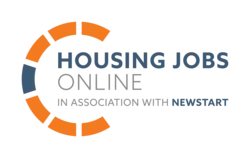


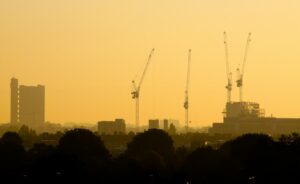
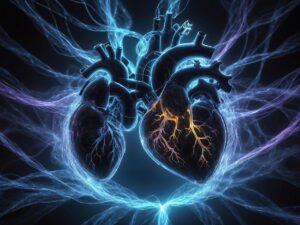
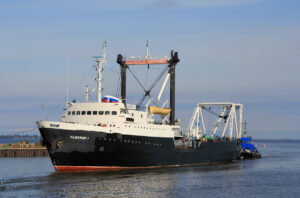
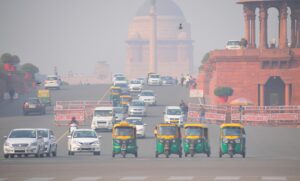
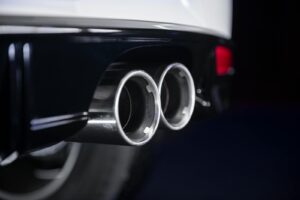


Leave a Reply